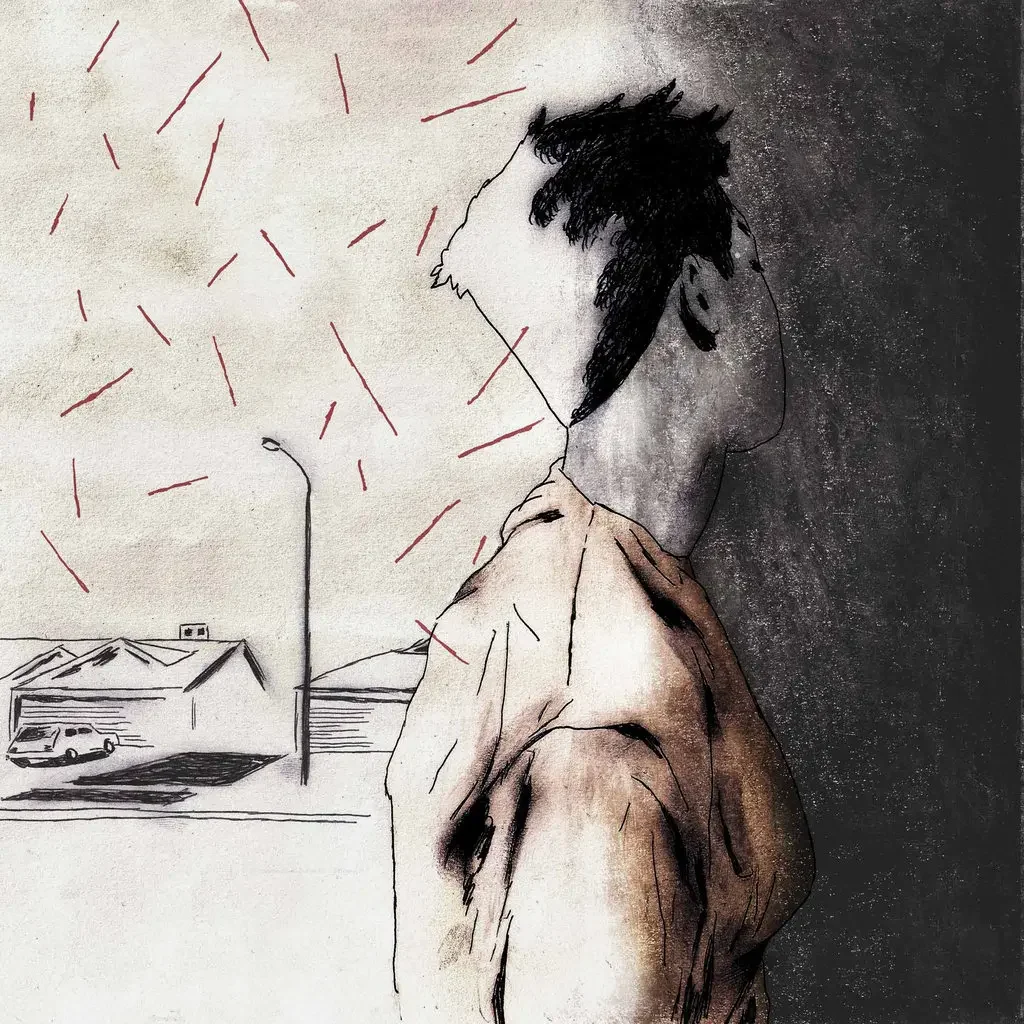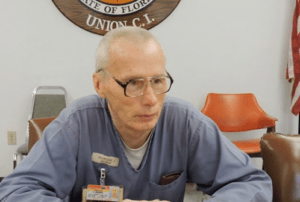
WHEN she was 15 years old, Paula Cooper and three high school classmates in Gary, Ind., decided to cut school and steal some money to play games at a local arcade. They drank some cheap wine, smoked some pot and walked to the nearby home of a 78-year-old Bible teacher, Ruth Pelke. They figured she might have a jar of money somewhere.
The teenagers cajoled their way inside by telling Ms. Pelke that they were interested in Bible lessons. Once there, one of them hit her with a vase. Ms. Cooper stabbed Ms. Pelke 33 times with a butcher knife.
The others stood watch, joined in the slaying or searched for cash. They left with $10 and took a joy ride in Ms. Pelke’s old Plymouth.
Three girls received long prison sentences. Ms. Cooper pleaded guilty to murder and in 1986 was sentenced to die in the electric chair, becoming the youngest death-row inmate in Indiana history.
What followed was extraordinary. Bill Pelke, the Bible teacher’s grandson, forgave Ms. Cooper for killing his beloved grandmother, who never would have wanted an execution, he said. Mr. Pelke started a sweeping campaign to spare Ms. Cooper’s life, wrote to her faithfully and visited her behind bars.
“She told me how truly sorry she was for what she’d done,” said Mr. Pelke, who is the president of Journey of Hope: From Violence to Healing, an anti-death-penalty group he co-founded.
More than two million people, most of them in Europe, signed petitions on behalf of Ms. Cooper; protesters in Italy began a Paula Cooper crusade, complete with T-shirts bearing her mug shot. The pope made a plea for clemency.
In 1989, Indiana’s Supreme Court commuted Ms. Cooper’s sentence to 60 years in prison. She earned a bachelor’s degree, trained assistance dogs for the disabled, tutored inmates and ran the prison kitchen. In June 2013, after spending her adult life as inmate No. 864800, she walked out of prison, released decades early because of her good behavior.
She didn’t know how to use the Internet. She constantly got lost; in prison, there’s no need to learn directions because someone always tells you where to go. “I didn’t know how to use an A.T.M. card — anything,” she said.
Continue reading the main story
She nevertheless got a job cooking hamburgers at Five Guys and soon became a manager. She got engaged and moved into an apartment with her fiancé. She won her dream job as a legal assistant in the Indiana federal community defender’s office, led by her longtime friend and defense attorney, Monica Foster, the chief federal defender.
“You’ve got to have hope,” Ms. Cooper told me. “If you give it up, you’re never going to make it.”
On May 26, some two years after her release, Ms. Cooper committed suicide. She would have turned 46 this month.
I was one of the few journalists to talk to Ms. Cooper post-prison and was the last to speak with her, in a call a month before her death.
I’d been planning a trip to Indianapolis to finally meet her for a story about teenagers on death row who transformed themselves. If anyone was proof that redemption was possible, it was Ms. Cooper.
She asked me to wait a little. “My life is quiet right now, and that’s how I like it. Once people find out who I am, they all have an opinion about me because of what I did. They start seeing me as a monster.”
Ms. Cooper had been severely depressed since childhood, her older sister, Rhonda LaBroi, told me. Ms. LaBroi begged her to get counseling, but after all the time in prison, Ms. Cooper couldn’t trust anyone. Ms. LaBroi said that in a suicide note, her sister said that “she wanted to tell people suffering from mental illness not to go down that road, not to commit suicide, to reach out any way they could.”
Ms. Cooper’s history was daunting. Her mother tried to commit suicide and kill Ms. Cooper and Ms. LaBroi when they were young. She put the girls in the car with her and ran the engine in a closed garage. Ms. Cooper’s father, Herman, now deceased, issued daily beatings, often with an extension cord, Ms. LaBroi said.
School officials, police and social workers wouldn’t intervene. “We begged them to help and they never did,” she told me.
In prison, the torment continued At the Indiana Women’s Prison, her first home, “some of the guards lived to make us miserable,” Ms. Cooper said. In her 20s she spent three straight years in solitary confinement, heaping new scars on top of old. Leading causes of criminality are chronic trauma, neglect or abuse, said Ms. Foster, a public defender for three decades. “The prison system does absolutely nothing to respond to that.”
“Paula showed the incredible possibilities in people,” Ms. Foster said. “She’d been put down, put down, put down, sentenced to death, did 28 years, and she came out and did great — she turned everything around. In the end it wasn’t enough, because no one gave her the help she deserved.”
“It’s a complete tragedy,” Ms. Foster told me after her death.
Mental health care in prison is mostly a pill in a paper cup. Ms. Cooper herself was briefly on antidepressants, she told her sister. No one mandated follow-up treatment for “re-entry,” an apt term considering how much it must feel like dropping from outer space. “Nobody helps because people don’t see us as human beings,” Ms. Cooper said.
Basic reforms could have made the difference for her, and putting them in place could help hundreds of thousands of other offenders, according to everyone from judges and psychiatrists to advocates. This isn’t about pampering. The reforms would cut costs by reducing recidivism.
We need to provide mental health assessments; adequate counseling and treatment programs; rehabilitation; and appropriate medication, as opposed to just sedatives. We should make outpatient treatment a condition of parole, and expand the use of specialized mental health “re-entry courts,” which offer intensive guidance and support.
WHATEVER demons Ms. Cooper fought with, she hid them well. “She’s thriving,” Ms. Foster told me a month before Ms. Cooper’s death. “She’s full of joy.”
She learned to shop for food, and drive (badly). She was the cheerful, patient voice on the phone for terrified and lonely law office clients. She spoke at two colleges to “give back to the community.” She tried everything she could to help a mentally ill homeless man in her neighborhood.
But she felt mentally ill herself, she told her sister, who said: “Bill Pelke forgave her, but she couldn’t forgive herself. She said she felt like she didn’t deserve to live.”
There are lots of Paula Coopers in the country. Prisons release more than 650,000 inmates every year. According to the Bureau of Justice Statistics, some 70 percent of incarcerated women in state prisons suffer from mental health problems.
Ms. Cooper needed help to survive her despair over the crime. Her sister said she thought about it every day. When her victim’s grandson visited her in prison, he forgave her, and hugged her. “You’ve taken a burden off me,” she told him. In the end, there were too many others to lift.
APF fellow Amy Linn, with Bloomberg Bureau of National Affairs, is examining juveniles with long prison terms. This article, prepared under her APF grant, appeared in The New York Times.
© 2015 Amy Linn



